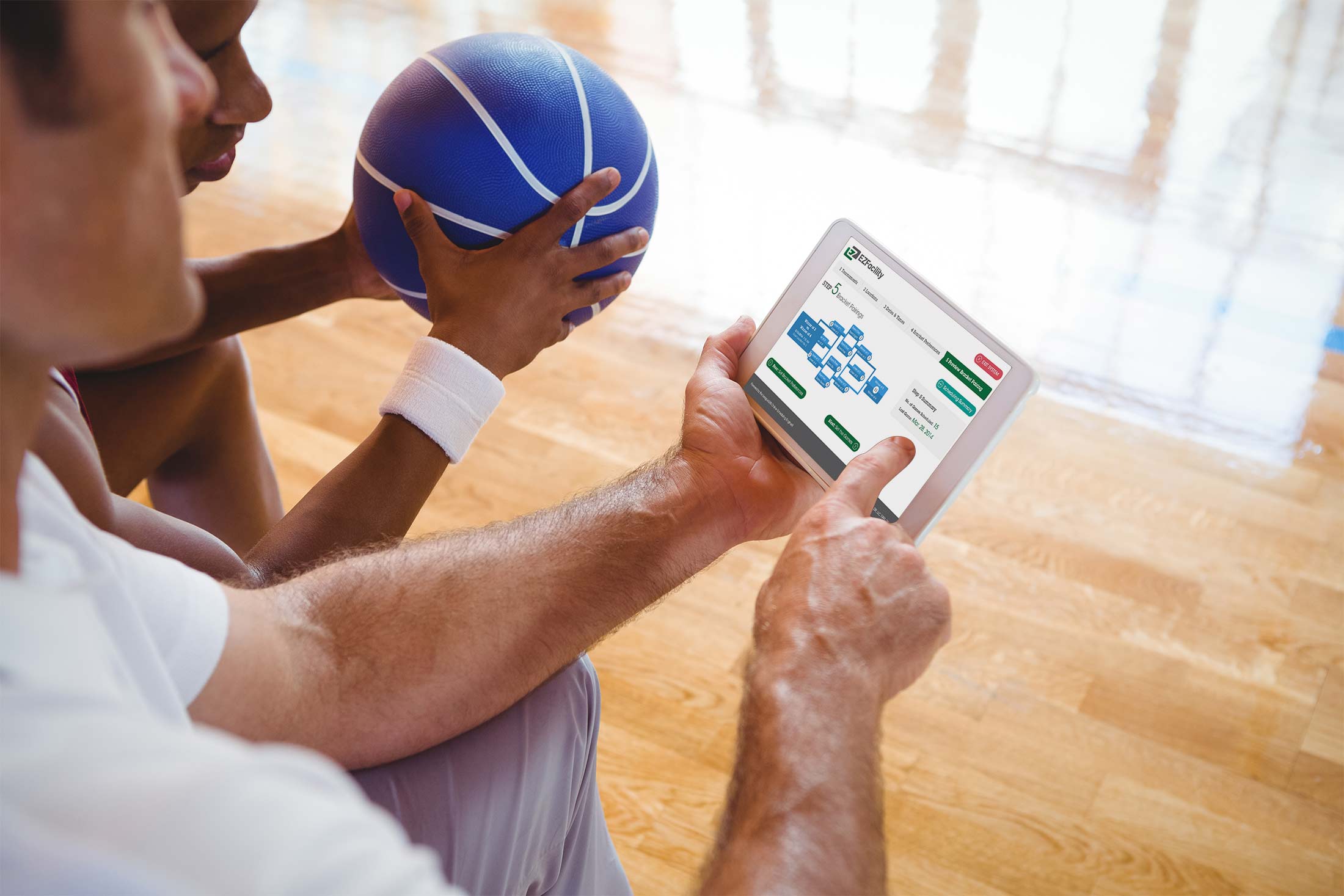As we begin 2013 we’re pleased to announce exciting NEW content and guest blog posts we’re adding to better support all our customers in growing their businesses this year.
The following guest post is by Sean Greeley, President of NPE, an organization dedicated to supporting coaches and fitness business owners in mastering the “business” of fitness. We are excited to have one of our most supportive partners share some amazing business tips and strategies.
I LOVE the New Year.
It’s the best time to review and assess the previous year while planning for the year ahead. You get the opportunity to list out and remember all the things you did that worked out well. And take another look back at the things that didn’t work out so you can learn from your experiences and get better for challenges you’ll face again in the future.
One of the MOST important things I recommend to all our clients is to take some time to reconnect with the reason why you started your business in the first place.
When you’re caught up in all the “hustle” of day-to-day operations that go on in every company, it’s easy to get bogged down and forget why you went into business.
Why Did You Start Your Business?
At some point in time you got the crazy idea to begin working for yourself and thought it was a good idea to start your own business. You thought you could do what you do better than others in the marketplace. And you were passionate about making a difference, having fun, and enjoying the freedom and the success that come from being your own boss. Well…sometimes come from being your own boss.
In the early days, or when you’re in a fast growth mode, or when staff leaves, it sure doesn’t feel like freedom; when you’re running around wearing multiple hats in your company! It can sometimes feel more like you’re in prison!
Remember Your Dream
That’s why it’s so important to reconnect with your dream. Running a business is hard. And you need a LOT of fuel to persevere, overcome, and grow bigger than the obstacles and challenges in front of you. Because without that fuel… it’s easy to become overwhelmed, tired and fatigued, and want to give up on things when the going gets tough! THAT’S WHEN YOUR DREAM MATTERS MOST! Your DREAM holds the power to catapult you through anything that stands in your way. It must be STRONG and you must hold on tight in order to steer your company through the storms that everyone faces on their entrepreneurial journey.
Know Why You’re Here and What’s Important
Have you defined your core values? Core values are the guiding principles that define what you stand for. I like to refer to them as your “stars in the sky.” When the great explorers sailed out across the ocean in search of new lands, they had no idea where they were going. There weren’t any maps. And they certainly didn’t have any GPS systems! All they had to navigate their journey was a compass and the stars. By looking up at their position in relation to the stars, they could adjust course, plot their way, and eventually return home. Being an entrepreneur or business owner is very similar to being a great explorer. When you decided to start your own business you embarked on a big journey, full of risk. And if you’re like most folks, you didn’t leave with a clear map of where you were going! That’s why you have to have something to look up to when you’re feeling lost.
Core values serve that purpose in your company. They also become the guiding principles by which you can evaluate who is a good fit for your organization and who isn’t. Core values are first and foremost in creating alignment with yourself and your team. In addition to core values, you must also know your purpose. Why do you do what you do? What gets you out of bed in the morning to go to work? Why do you love your customers?
And I hope you love your customers, because if you don’t then you’re going to continuously struggle. Sure you can make money, but building a great company that lasts for generations and transcends YOU only comes out of a real love, passion, and guiding principles that become larger than life.
Get Clear On Your Vision and Targets
Once you’ve reconnected with your dream (your fuel), you’ve defined what’s important and why you’re here (core values and purpose) it’s time to get clear on your mission, vision, and targets. Without a destination, you’ve just got a ship drifting at sea. In working with the clients we coach and mentor, we help business owners get clear on a vision for the next 1, 3, 5 years. Once that’s accomplished, we can effectively develop a strategic plan that gets you where you want to go. The big problem here is most business owners have no plan and have no vision at all! They’ve simply worked themselves into a job. They don’t have an exit strategy. They have no plans to hit a target or a certain capacity in their business. They are only looking out a few months at a time.
As the leader in your company, it’s your responsibility to look out farther down the road. You must continuously work on and develop the vision for your company and team. Only YOU can do this work. No one else can do it for you.
Define Your Priorities and Get After It!
When you’ve completed all the groundwork to this point, you can now clearly define priorities for your work. Most business owners spend their days and weeks in what I call, “random acts of business development.” Doing a little bit of this one day, a little bit of that the next, then running to put out another fire next week. This is not only unproductive… it’s exhausting! For 2013, make a pledge to do things differently. Define 3 priorities for the next 90 days in context of your core values, purpose, mission, and vision… and then ONLY focus on those priorities. First things first… second things never.
Summary
As we begin the New Year, find some quiet time to review and assess 2012. Then engage in strategic planning to make 2013 your BEST year EVER in business. As a good friend of mine often says, “The strategist always wins!”
Sean Greeley is President of NPE, an organization dedicated to supporting coaches and fitness business owners in mastering the “business” of fitness. Check out NPE’s new 3x Telly award-winning documentary The American Dream: Freedom, Prosperity, and Success in the Fitness Industry, featuring 17 industry leaders who share their STEP-BY-STEP strategies, systems, and secrets for building highly profitable fitness businesses and show you how you can do the same at: www.AmericanDreamMovie.com




